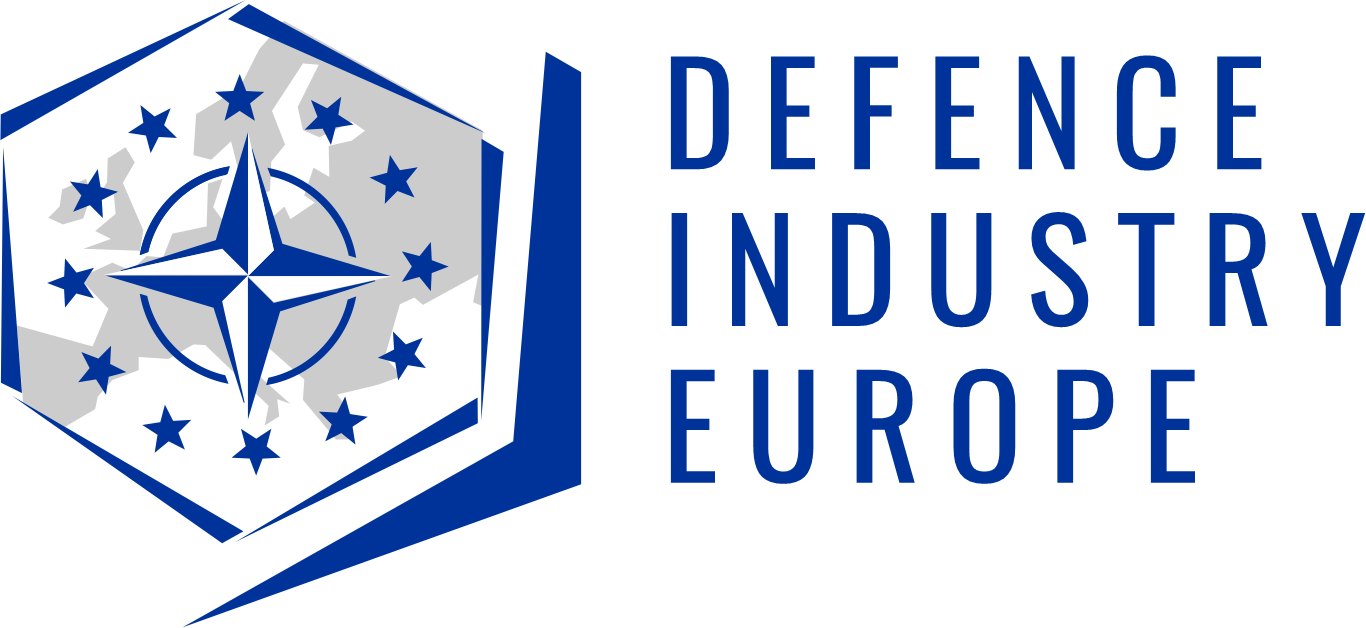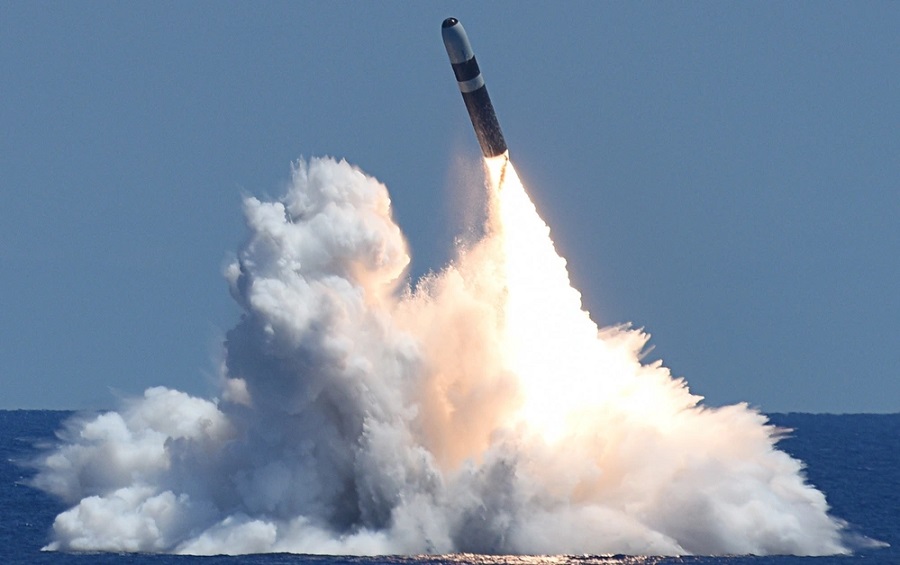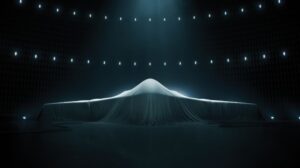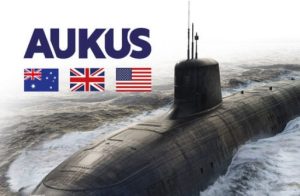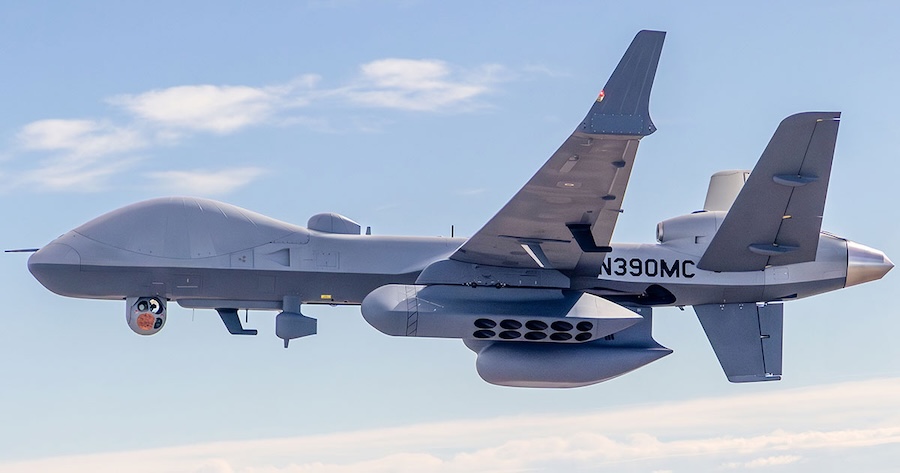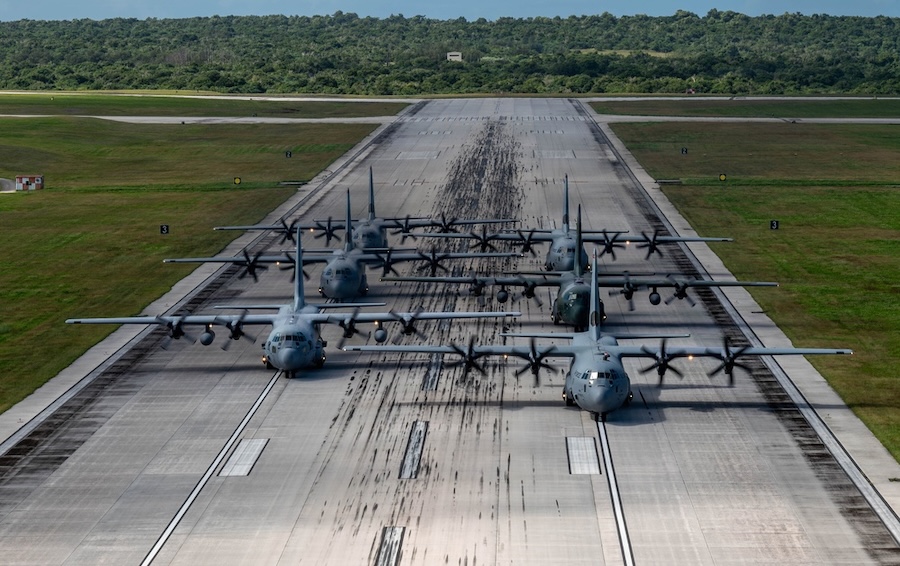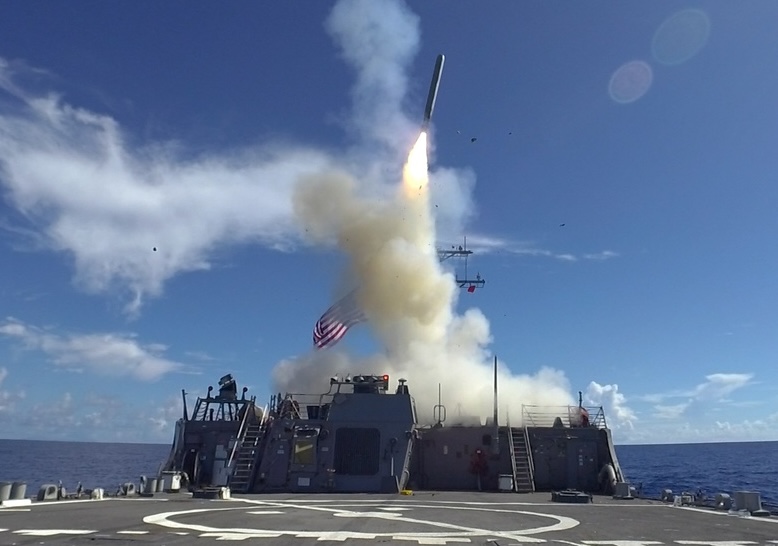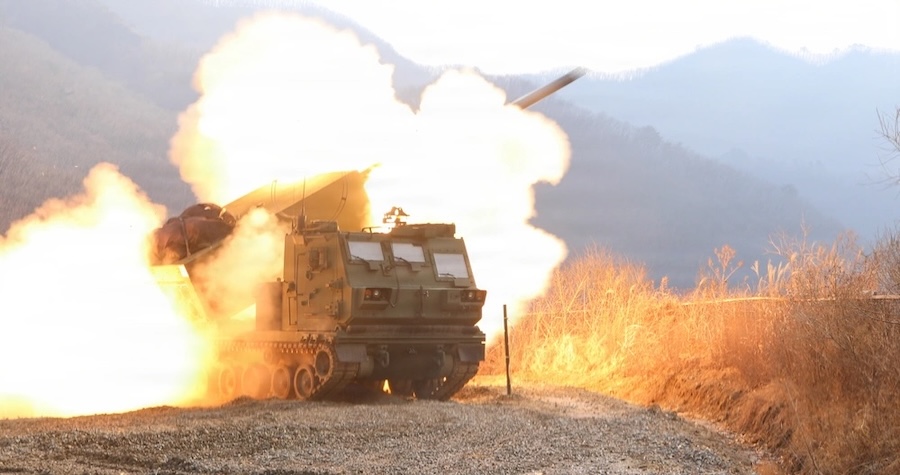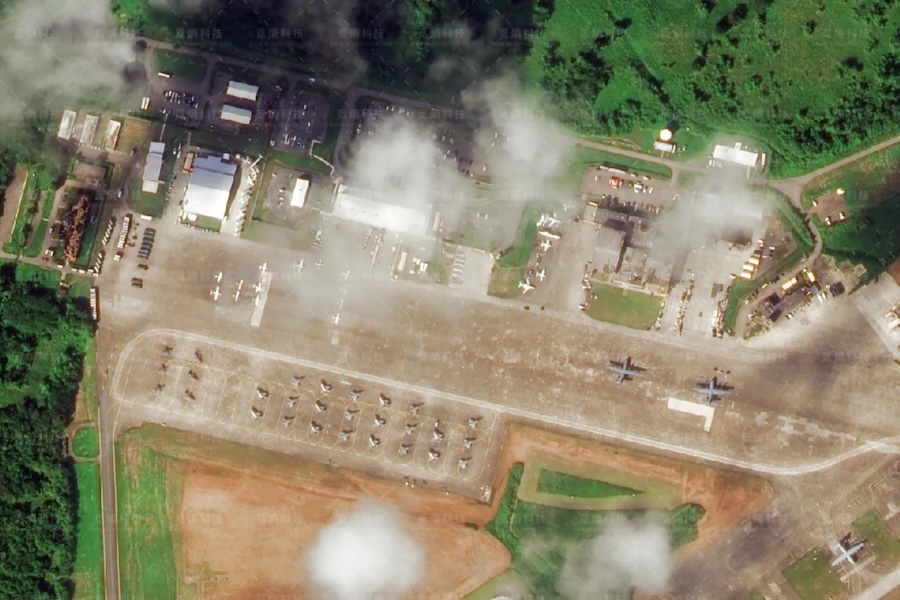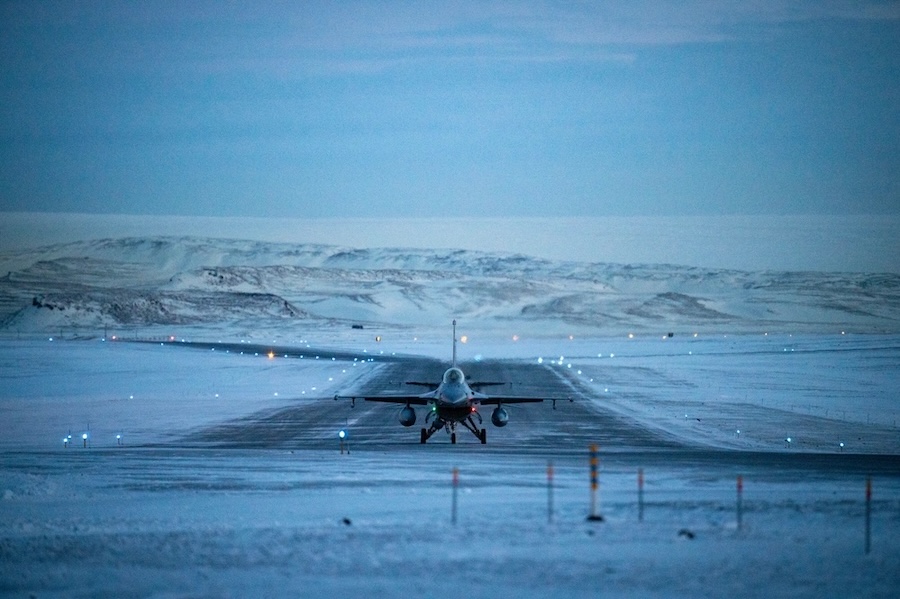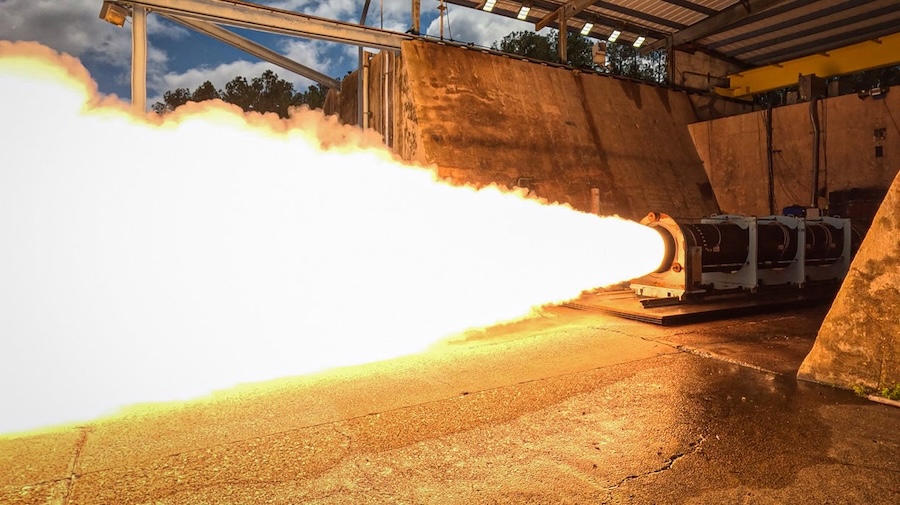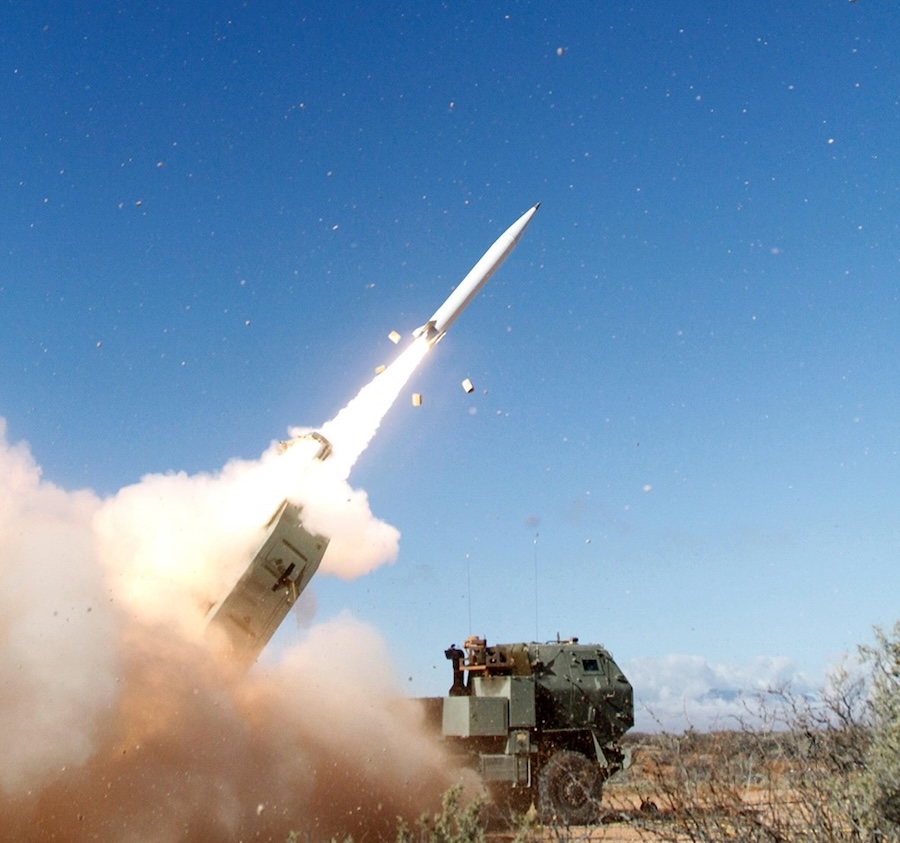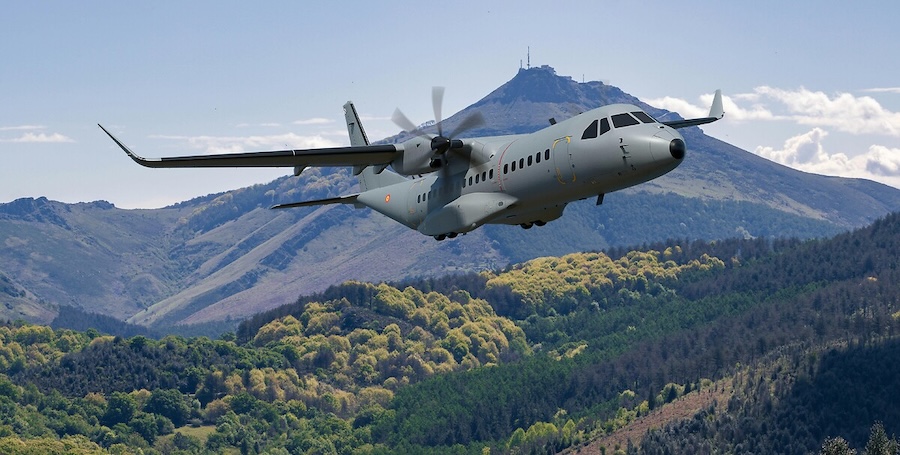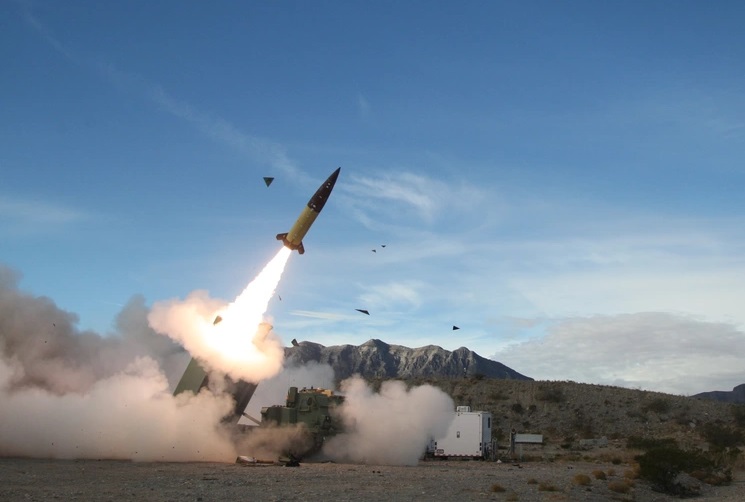The United States has not conducted an explosive nuclear test in more than three decades, relying instead on the Science-Based Stockpile Stewardship program to ensure the safety, security, and effectiveness of its arsenal. This program combines advanced simulations, laboratory experiments, and subcritical testing at the Nevada National Security Site (NNSS). According to the Department of Energy’s National Nuclear Security Administration (NNSA), there are “no technical reasons” for the U.S. to resume full-scale nuclear testing at present.
Congressional action has played a central role in shaping nuclear testing policy. A 1992 amendment passed by Congress prohibited U.S. underground nuclear tests after September 30, 1996, unless another country conducted one. Several states, including India, Pakistan, and North Korea, have tested since then, yet successive U.S. administrations have maintained the moratorium. Both the Trump and Biden administrations reaffirmed this stance in their respective Nuclear Posture Reviews.
Internationally, the United States signed the Comprehensive Test Ban Treaty (CTBT) in 1996, which would prohibit all nuclear explosions, but the Senate rejected its ratification in 1999. While 187 countries have signed the treaty and 178 have ratified it, the treaty remains unenforced because key nuclear-capable states, including the U.S., China, and Iran, have not completed ratification. Russia, which ratified the CTBT in 2000, withdrew its ratification in 2023.
The report also underscores concerns about other nations’ testing activities. U.S. officials have raised questions about Russia’s and China’s adherence to “zero-yield” standards, pointing to limited transparency and possible preparations for expanded testing. Meanwhile, NNSA plans to increase the pace of subcritical experiments to three per year by the end of the decade.
Policy debates remain active in Washington. Some argue that renewed U.S. testing could strengthen negotiating leverage with Russia and China or bolster deterrence. Others, including former Energy Secretary Ernest Moniz, warn that such a move would risk triggering a global arms race, undermine decades of nonproliferation efforts, and create health and environmental risks for Nevada communities.
The CRS report concludes that Congress will likely continue to face decisions regarding the balance between maintaining test readiness, modernizing the nuclear arsenal, and upholding international commitments. While the United States retains the capability to resume testing within 24 to 36 months if ordered by the president, current policy continues to favor the moratorium as a cornerstone of U.S. nuclear strategy.
Full report – click here.


